When considering what to feature for the Wednesday Wine post today, it didn’t take me long to decide – champagne is my drink of choice, especially for ringing in the new year. Quintessence wine expert, Terry Rogers of Horseneck Wines in Greenwich, was only too happy to accommodate! Here’s her incredibly informative and insightful Champagne 101 take on the history and making of our favorite festive drink!
What better way to enjoy the holidays than to get together to share a glass of the good bubbly with friends and family. As you may know, in order to be called Champagne the product must be produced within the boundaries of the Champagne Region in France. This Region was delineated many generations ago and must be adhered to with strict regulations. Therefore, when you look at the prices of Champagne and wonder why they are so high, you must realize all the many factors that go into the making of that final bottle. (from Q – At the end of the history and making of champagne, we have some choice suggestions for you).
Champagne was developed in France about 300 years ago from a process involving lots of chemistry and many tedious physical manipulations. The history of Champagne dates to about 1700 AD and a monk cellarmaster at the Abbey of Hautvillers near the city of Reims, the “capital” of the Champagne region. As the story goes, a monk named Dom Pérignon was making wine for his colleagues when, unbeknownst to him, he failed to complete the fermentation before bottling and corking the wine. During the cold winter months the fermentation remained dormant, but when spring arrived the contents of the sealed bottles began to warm and fermentation resumed producing carbon dioxide that was trapped in the bottle. Later that spring Dom noticed that bottles of wine in the cellar were exploding, so he opened one that was intact and drank, declaring “Come quickly! I’m drinking stars!” Thus, Champagne was born and named after the region where it was discovered.
The key reaction of winemaking is alcoholic fermentation, the conversion of sugar into alcohol and carbon dioxide by yeast. The key process in producing Champagne is a SECOND fermentation that occurs in a sealed bottle. The entire process is described below.
SELECTING THE CUVÉE (La Cuvée)
The cuvée is the base wine selected to make the Champagne. The most expensive Champagnes are made from cuvées from selected vineyards in the Champagne region. Cuvées can be from a pure grape variety, such as Chardonnay or Pinot Noir, or can be a mixture of several grape varieties. Chardonnay is a white grape variety with white juice, Pinot Noir a red grape variety with WHITE juice. Pinot Meunier, a relative of Pinot Noir, also is used extensively. The slight rust color imparted to some Champagne results from using Pinot Noir cuvées that acquire some red color from contact with the skins. The longer the juice remains in contact with the skins, the darker red it becomes. If a Champagne is made exclusively from Chardonnay, it is called “blanc de blanc,” white wine from white grapes. Most Champagne is made from mixed cuvees.
THE TIRAGE
After the cuvée is selected, sugar, yeast, and yeast nutrients are added and the entire concoction, called the tirage, is put in a thick walled glass bottle and sealed with a bottle cap. The tirage is placed in a cool cellar (55-60°F), and allowed to slowly ferment, producing alcohol and carbon dioxide. Since the bottle is sealed, the carbon dioxide cannot escape, and,thereby producing the sparkle of Champagne.
AGING ON DEAD YEAST
As the fermentation proceeds, yeast cells die and after several months, the fermentation is complete. However, the Champagne continues to age in the cool cellar for several more years resulting in a toasty, yeasty characteristic. During this aging period, the yeast cells split open and literally spill their guts into the solution imparting complex, yeasty flavors to the Champagne. The best and most expensive Champagne is aged for five or more years.
RIDDLING (Le Remuage)
After the aging process is complete, the dead yeast cells are removed through a process known as riddling. The Champagne bottle is placed upside down in a holder at a 75° angle. Each day the riddler comes through the cellar and turns the bottle 1/8th of a turn while keeping it upside down. This procedure forces the dead yeast cells into the neck of the bottle where they are subsequently removed. A riddler typically handles 20,000 to 30,000 bottles per day.
DISGORGING
The Champagne bottle is kept upside down while the neck is frozen in an ice-salt bath. This procedure results in the formation of a plug of frozen wine containing the dead yeast cells. The bottle cap is then removed and the pressure of the carbon dioxide gas in the bottle forces the plug of frozen wine out leaving behind clear Champagne. At this point the DOSAGE, a mixture of white wine, brandy, and sugar, is added to adjust the sweetness level of the wine and to top up the bottle.The bottle is then corked and the cork wired down to secure the high internal pressure of the carbon dioxide.The sweetness levels of Champagne range very dry (ultra brut) to very sweet (doux), with brut being the most common.
Many Champagne houses produce “luxury cuvées,” their best and most expensive wines. Dom Pérignon is the luxury cuvée of Möet & Chandon; Cristal is pride of Roederer. Bollinger produces R.D. or “recently disgorged” wines. For example, you can purchase a 1982 Bollinger R.D. that was disgorged in April 1991, nine years after being placed in the bottle. (from Q – this was the champagne we served at our wedding!!)
Chateaux Tour
I travel to Champagne each fall to see the harvest and renew my spirit with the greatest beverage known to mankind . I personally love Rose Champagne since it is drier that most Brut Champagnes due to the percentage of Pinot Noir in the blend. Most Champagnes are blends of Chardonnay, Pinot Noir and Pinot Meunier.
This year I was hosted by four of my favorite Champagne houses, Krug, Billecart-Salmon, Laurent Perrier and Salon.
Maggie Henriques, President of the Krug house has an extreme passion for Krug and has does extensive research going back six generations to the beginning of the Krug Champagne house. (here I am with her at Krug below). Their Krug Grand Cuvee is a blend of their various vintages and is a stellar Champagne at $185 per bottle. The Krug wines commonly display a subtle nuttiness. Krug uses complete barrel fermentation which is not so common in most of the champagne houses.
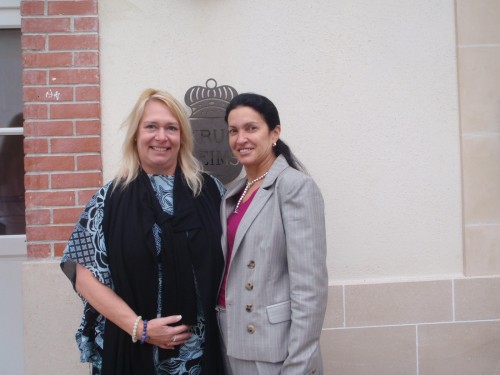
Antoine Billecart was as charming as could be. After showing us his new $20 million tank facility (the two of us there below – note from Q. – I wouldn’t have minded going on that tour for obvious reasons!) he escorted us into his Grandmother Elizabeth’s house, which is now their beautiful guest cottage on the property where we drank a bottle of the Billecart Salmon “Cuvee Elizabeth” Rose Champagne vintage 2002. Look for all the newest vintages to be arriving in Connecticut during 2011
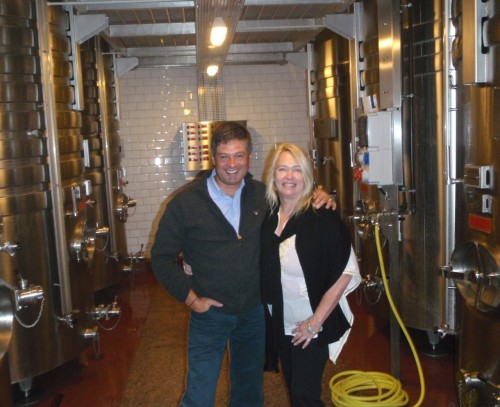
Laurent Perrier hosted us at their Chateau de Louvois, which is the owner’s home in the town of Louvois. The home is a replica of Versailles only quite a bit smaller. We were treated to evening champagne, a spectacular formal dinner, again with my champagne of choice Laurent Perrier Rose $69 a bottle, an overnight stay and breakfast with homemade apple juice from their apple trees. The house was founded in 1812 and in 1939 was acquired by Bernard de Nonancourt. Bernard passed away two weeks after we were there and was loved by his employees; his daughters carry on at the helm.
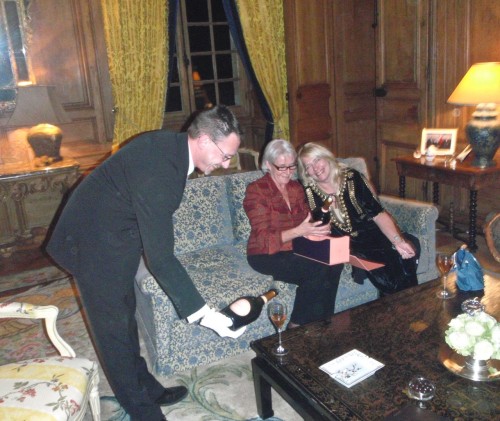
Salon was founded by Eugène Aimé Salon in the early 20th century. Salon was convinced that the chardonnay grapes from the Le Mesnil-sur-Orger vineyards could produce wine with favorable levels of finesse and elegance without the need to add pinot noir or pinot meunier. Around the turn of the 20th century, Salon began producing a Chardonnay-only cuvée that he shared privately with friends. The first commercial vintage of Champagne Salon was in 1921 and by 2006, the house has released only 37 vintages under the Salon label.Following Eugène Aimé Salon’s death in 1943, his niece inherited the company which was eventually sold to Laurent-Perrier in 1989. Since then, Salon is effectively the prestige cuvée of the combined Salon-Delamotte house.
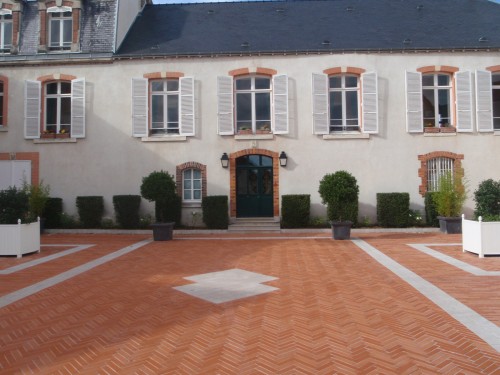
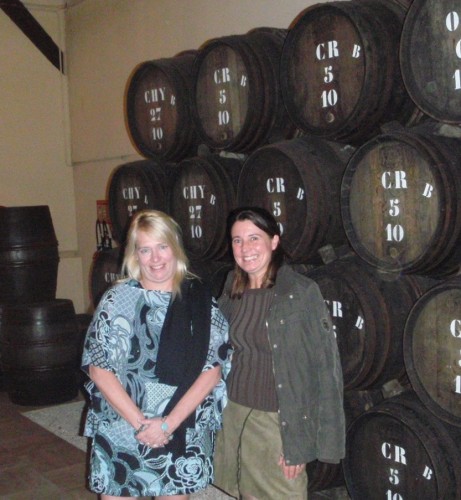
In addition to the bottles she mentioned above, Terry picked a selection of champagnes from these houses and others as suggestions for our Champagne 101 piece – for drinking at home or bringing as gifts for your upcoming celebration.
Laurent-Perrier Brut non vintage $36
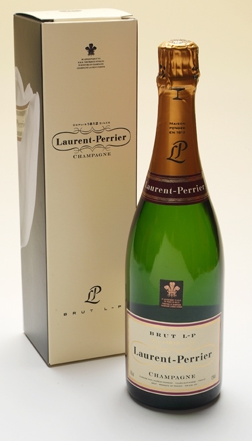
Taittinger Brut non vintage $38 (from Q. – my personal favorite in this category)
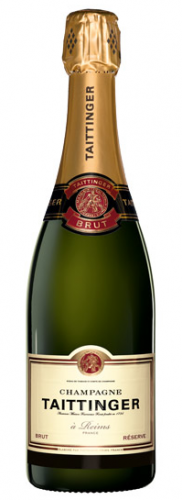
Veuve Clicquote brut non vintage $40
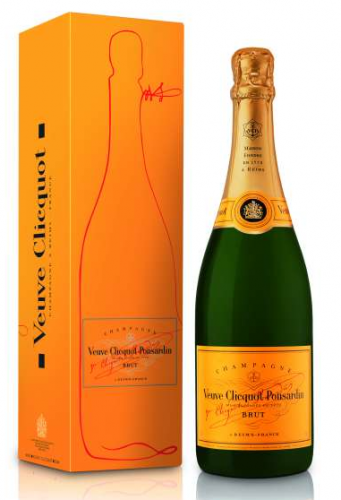 Louis Roederer brut premier non vintage $38
Louis Roederer brut premier non vintage $38
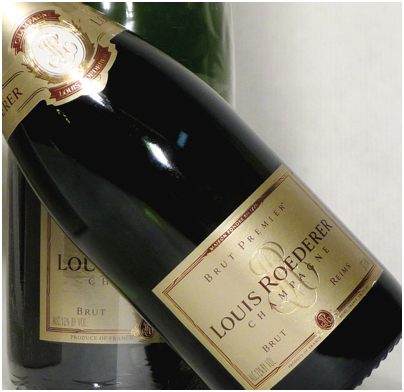
Krug Rosé Brut NV $34
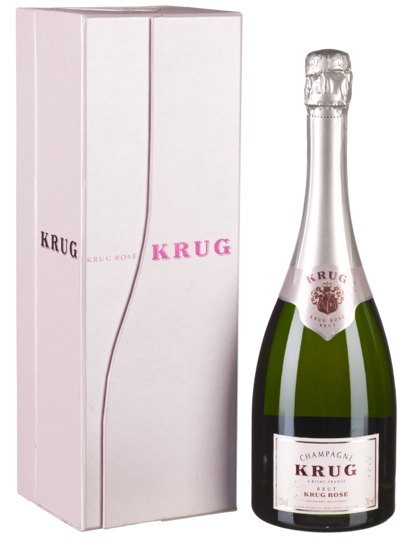
For the Tete de Cuvée category:
Veuve Clicquot La Grand Dame Pucci bag 1996 $149
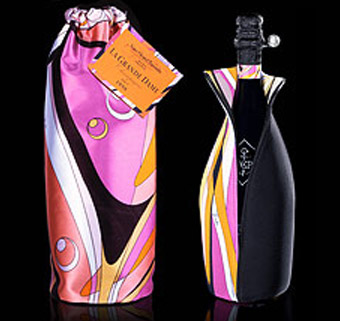
Veuve Clicquot La Grand Dame Champagne Riva (as in luxury yachts) box 1998 $149
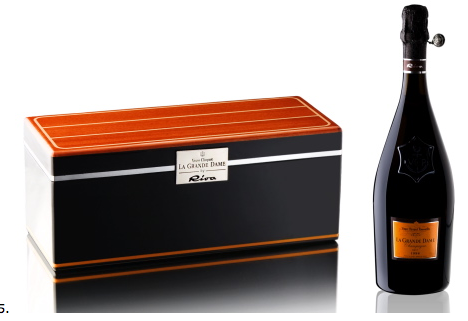
Dom Perignon Andy Warhol 2002 label $150
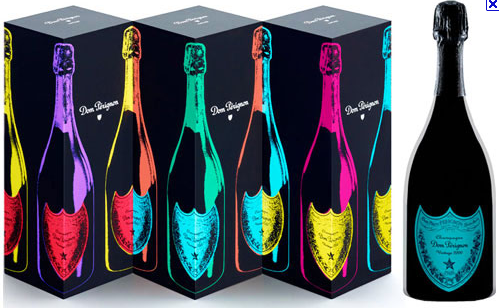 Louis Roederer Cristal 2002 $189
Louis Roederer Cristal 2002 $189
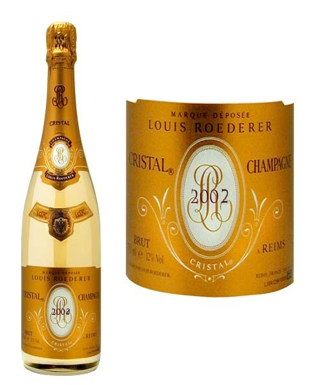
Salon Blanc de Blanc Brut Les Mesnil 1996
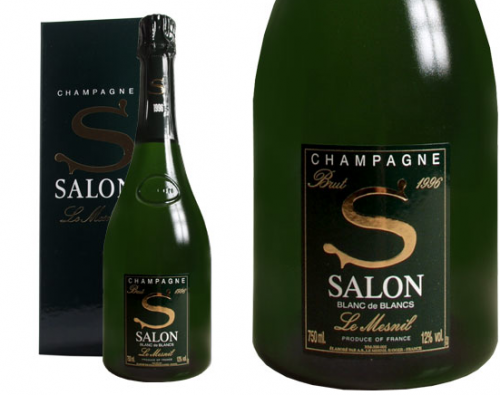
So – plenty to choose from!! Cheers!

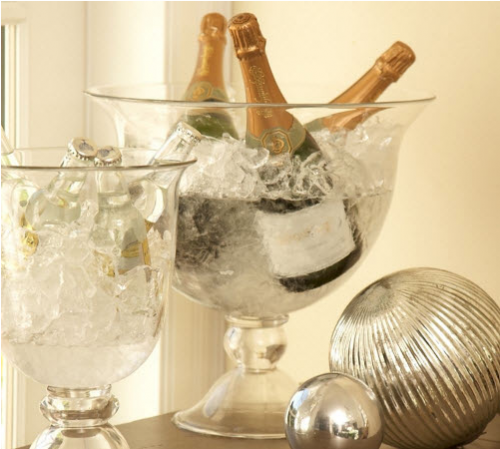
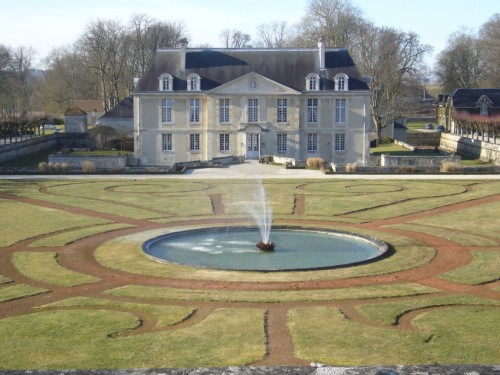
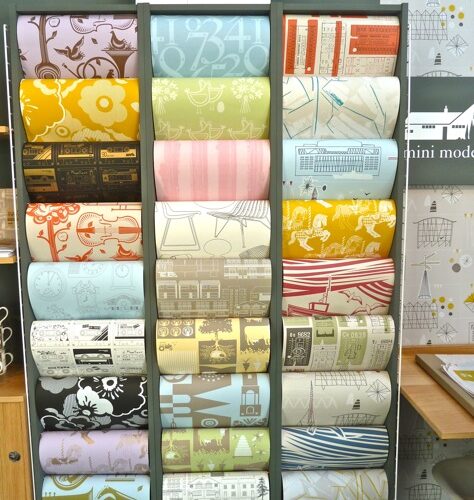

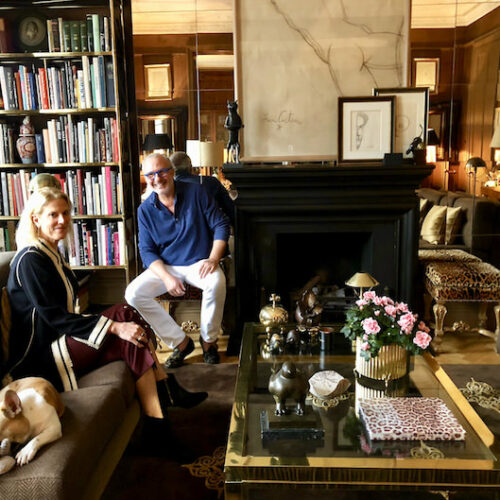


Great post about champagne! My husband and I visited the region when I was living in France and it was great to taste and see various champagne houses in action.
The Pucci bag – TOO fun!
CCL – sounds like a fabulous trip! It’s on my bucket list!
Also my drink of choice…just take two aspirin before you get too woozy, right? I am saving this post for future reference. Really fabulous job!
Hi Jane – Thanks! Wish I was with Terry on her trip!
I was recently the lucky recipient of the Warhol DP…and it was amazing…now really dying to try the Rose brut…we adore Champagne over here, and always have our Vive Cliquot…sans Pucci, as a standby!
Hi Zhush – Oh lucky you! We had an amazing bottle I found in the cellar stashed away. I love the rose now also!
Such an informative post! I am with you on Taittinger. My favorite.
Thanks you for sharing.
Teresa
xoxo
Hi Teresa – Thank you. Yes I find the Taittinger nice and dry with not quite so aggressive bubbles
Champagne is always my drink of choice. We have a couple great bottles we’ll be opening Friday night. Your trip looks amazing — I’ve never been, but next time we hit Paris, I think we need to add a leg to the trip…
Have a bubbly week!
Jeanne
Hi Jeanne – Unfortunately that wasn’t my trip but Terry Rogers’ – the owner of Horseneck Wines who is our collaborator on the Wednesday Wines series. I can only wish!!
WOW, what a great and informative post about champagne…thank you! I love a rose champagne with tiny bubbles called Oeil de Perdrix NV or “eye of the partridge by Jean Veselle, one of my favorites.
AO – thank you! I am definitely looking for your rose champagne – sounds FABULOUS!! Thanks for the tip!
SUCH great information! I love champagne, especially at the holidays, but really – all the time! Thanks for the wonderful post! And love your blog :) Cheers!
Hi Elizabeth – I love it all the time too!! Thanks for stopping by!
I have been cravingggg champagne now that New Years is right around the corner – what a fun and delightfully informative post for the season :)
I love champagne, especially Veuve Clicquote (mainly for it’s happy orange label and packaging – I know, tisk, tisk, but I am such a sucker for pleasing packaging). One of my resolutions for 2011 is to sip the bubbly a little more often and not just for special occasions!
xxoo
Molly
Hi Molly – Yes, I’m a sucker for packaging as well! Love your resolution – I’m with you!!
I adore champagne and love your post! I’ve been hankering for one of those Warhol editions and may have to pick one up. You have me curious to try a better rose champagne now–I’ve only had it once, a bottle of the Sofia Coppola rose champagne one new year’s, which wasn’t bad, but I’d like to try more, perhaps the Billecart Salmon “Cuvee Elizabeth” Rose Champagne. Would love to hear more of your recommendations for your favorite rose champagnes!
xo Mary Jo
Hi Mary Jo – Thank you! I have never had that particular Billecart-Salmon but their champagnes are wonderful – that is a very special bottling that should be fabulous. A couple others I like that are in the under $100 range are the the Laurent-Perrier Cuvée Rosé Brut and the Bollinger Brut Rosé NV – but perhaps you are looking for a more special vintage tete de cuvee. You could always write or call Terry directly at Horseneck and tell I sent you (she deals with many people who demand only the best) – she would be delighted to help! She ships everywhere!! 203 869 8944 or hneckwine@aol.com. And no – I’m not on commission.
Dear Mary Jo:
Here are some of my favorite Rose Champagne’s
Charbaut Rose for $40 is a clear winner in that price category, light refreshing and guests adore it.
From California the Domaine Carneros winery owned by Taittinger if the Rose and for $29. is also one of my house champagnes.
For an inexpensive french – you can go with Rolet Rose $19, we have it at Horseneck (as we have all the rest). Rose is my choice of drink!!
Oh Terry – thanks so much for providing us with a few more choices from the expert!!
Thank you Theresa and Q! Wonderful suggestions–thank you!!! I have jotted them all down and hope to try all of them and of course have many things to celebrate as well!
xo Mary Jo
Mary Jo – you’re more than welcome! Can’t wait to see the new line!!
Thanks so much for your many kind comments at Town and Country Mom over the past few days! I look forward to catching up on your blog, and I definitely think champagne and sparkling wines are a great place to start! Cheers!
TandC – You’re more than welcome! Have a wonderful New Year’s celebration and I look forward to seeing you again soon!
Champagne is a favorite in our house too, and what a GREAT post!! Love VC La Grand Dame in Pucci wetsuit! ; )
Hi Barbara – thanks! Isn’t the Pucci so fun?!
Q,
I’m not ashamed to say that I didn’t know much about champagne and I loved learning about it with you and I’m looking forward to learn even more with your brilliant posts!
You’re wonderful!
xo
Luciane at HomeBunch.com
Hi Luciane – Thank you!! My goal is always to learn something new every day! You can do it with me!!
Dear Luciane:
I am looking forward to keeping everyone in wine education heaven this coming 2011.
Really love this post! Thanks for the education, I learned a lot! Cheers to you for a very Happy New Year!
Hi Marianne – Always happy to hear that!! Wishing you a happy New Year as well!
What a fantastic and informative post…just in time for my champagne purchase for New Year’s Eve!! Saving this one for future reference ~
MDC – Thank you!! Hopefully you’ll be drinking champagne more in the future!
Believe it or not the oxygen in the champagne bubbles does lift the spirits.
Thanks Terry! Like I said – learn something new every day!!
What an amazing trip and thorough roundup. This is definitely fun research!
Hi Marisa – Thanks. Terry will providing more informative and fun posts about wine throughout the year!
OK, I’m printing this post and saving it. I love champagne as I posted on your glasses post. Being new to your blog, I’m reading everything :) I have always wanted to try Krug, a little out of my budget. In LA, all we do is drink wine and champagne and I have a fabulous store. I will have to email you privately some of the ones we have tried. For everyday Roederer has a Rose (I know I spelled it wrong) that is very good. It’s about $22.00 here and a sommelier friend introduced me to Lucien Albrecht Brut Rose (Cremant D Alsace) it’s a sparkling wine from France that is about $17.99 and to me tastes like any $50.00 or $60.00 bottle of Rose. We drank Veuve for New Years because a store here had a special for $29.00, can you believe it? I want to go on that Champagne trip, I’m green with envy!
Hi Ann – glad you’re finding so much of interest! I have never had the Roederer rose (and you spelled it correctly!) but I would imagine it’s quite nice. I am not familiar with the Lucien Albrecht – we’ll have to ask Terry, our wine expert. I had some very good vintage champagne (from years ago) in the basement that we drank over the holidays, the highlight being the Veuve La Grande Dame 1990 – it was superb! I would have loved to go on that Champagne trip as well – what a fabulous experience. Drop by every Wednesday for our Wine on Wednesday feature for more suggestions!